
The globetrotter’s journey remains incomplete without a visit to the Land of Fire and Ice – Iceland. From Disney-blue-pink skyscapes to shining black lava fields, from steaming hot springs to glittering ice caves, Iceland could have been built as a catalogue of locations for the next Hollywood epic.
Almost a year after we visited Iceland, those unique landscapes and skyscapes still take front stage in our memories. Iceland is so beautiful in so many ways that wherever we go in the world we still think back to the months we spent on our winter break just outside the arctic circle. Here are some observations on Iceland’s landscape and how that relates to the climate and geology of this youngest of lands
The Geology of Iceland
The beauty of any country is not created in a few years as any piece of art takes time in its creation. However Iceland’s geology is so young that it is still growing and changing. The island nation appeared above sea level only 20 million years ago – long after the last dinosaur left the planet. As the tectonic plates of Eurasia and North America separated, ancient magma burst through the rupture, and the island’s young geology is still developing now. Obviously in Iceland’s volcanoes and more subtly at Thingvellir and other rift-sites.
Iceland is the 18th largest island in the world.
Iceland is one of only two places on the planet where the tectonic plates are moving apart today above sea level. (The other Africa’s rift valley) At Thingvellir National Park two jagged cliffs face each other across the landscape and a notice at one point advised us that the bridge we were standing on was built just a few years ago when a new deep crack suddenly split open in the ground. Thingvellir’s unique landscape was the home of Europe’s first parliament in 930AD which sat there until 1798. It is a magical wind-blown bleak place. The kids wanted to dive in the lake formed in this crack at Silfra rift but it was winter and we weren’t having any of that- we just captured the magic in our cameras and memories.
Climate of Iceland
The climate of Iceland is a mix of cold and wind, balanced by mild sun a few months a year. Iceland is infamous for sudden weather changes and gusting wind and it is always good to go prepared with layers of warm clothes. (Link to Post)
Summers in Iceland
There is a general misconception that it is always cold in Iceland. But that surely isn’t the case. The island experiences all four seasons, courtesy of the Gulf Stream which came into being as North and South America linked up only five million years ago, pushing tropical Atlantic currents up the American east coast this way. Though the sun is weak at these latitudes, the air is mild, making it a great spot for adventure sports like snorkeling, kayaking, or river rafting. If you aren’t one to enjoy your vacation in snow boots and fur coats, visit Iceland in June, July or August to see the land at its brightest with those long subarctic summer days.

Winters in Iceland
But for those who can withstand cold weather and especially biting winds, Iceland’s winters are the real deal. Skiing, glacier hiking, exploring ice caves, enjoying winter festivals, visiting hot springs, hunting for the Northern Lights, or celebrating Christmas and New Year festivities, all are once-in-a-lifetime experiences. We loved our winter holiday in Iceland.
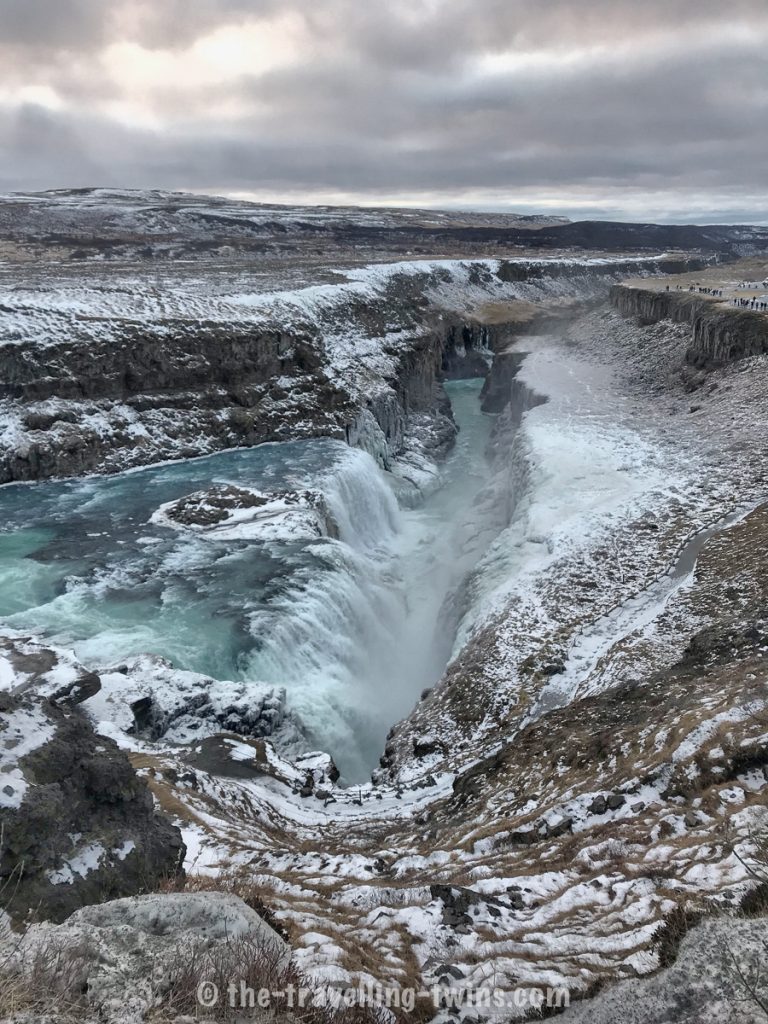
The Most Striking Landscapes in Iceland
Iceland is a land with vastly contrasting topography. The obvious contrast is embodied in its nickname – the name Ice and Fire. So, what are the types of landscape in Iceland? Landscapes vary from north to south with more hills and mountains at higher latitudes. In the winter we stayed in the south to get at least a few hours of light each day, but even so, we wallowed in diverse landscapes from mountains to moorland, from lakes to glaciers and always within a stones throw of stormy grey seas under pink skies.
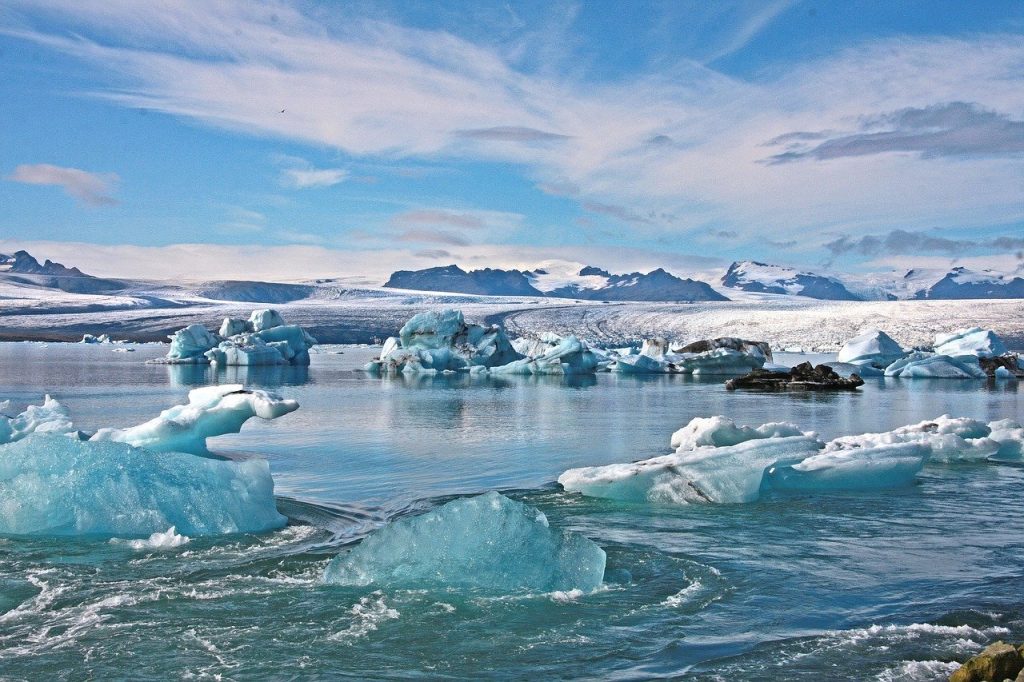
Glaciers
Not seeing glaciers in Iceland is like missing a visit to Times Square in New York City. So we made a point to visit the glacial wonders along the south coast. The route itself offers spectacular views of black sand beaches, lava fields, waterfalls tumbling down mossy precipices, hot springs, and ultimately the glacier-topped volcano mountain, Eyjafjallajökull. But we were heading to Jökulsárlón Glacier Lagoon 230 miles away from the capital city of Reykjavik. And the drive was worth the miles as it offered panoramic views with a bustling sea-life including arctic terns, Arctic skua, and seals. This lagoon doesn’t freeze at all in the winter.
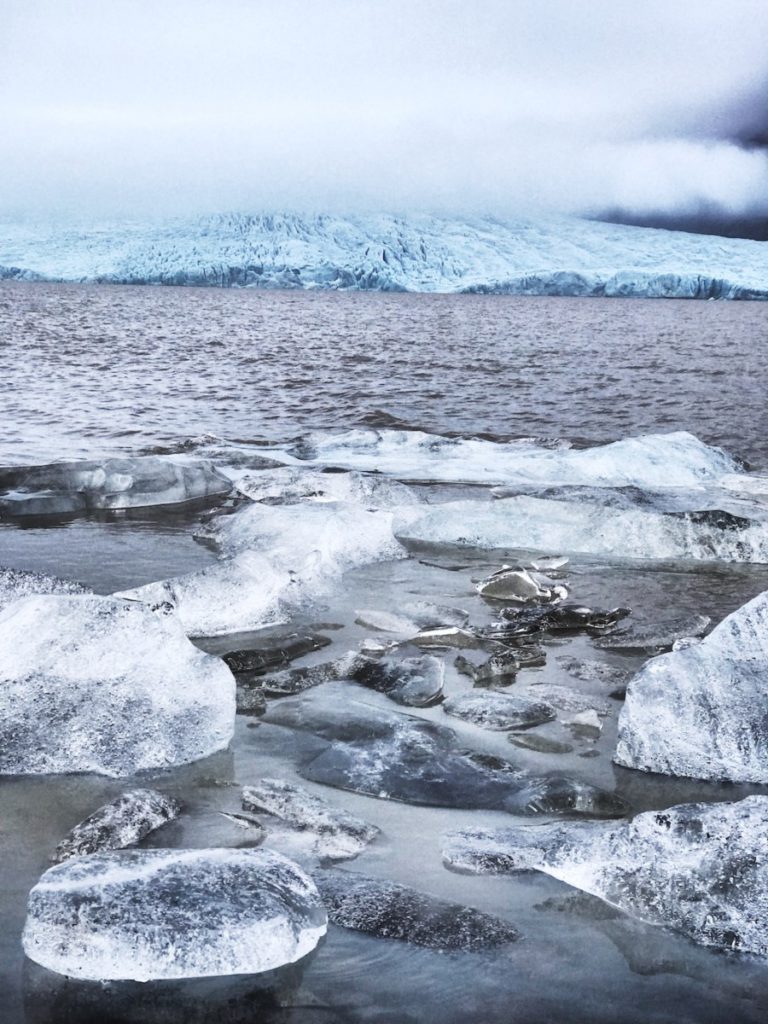
Amazing Waterfalls
Iceland has so many natural waterfalls that many of them double up on names, and new ones form every year because of melting glaciers. Many of these waterfalls can be seen from the Southern Coast Road of Iceland. As we travelled to the glacier we were astonished to see water tumbling from the grassy cliffs to the north as if the cliffs were struggling to hold back some great brimming lake. The truth was even more dramatic, above and behind those cliffs lies a mountain range supporting the largest glacier in Europe. All along this road are opportunities to take small detours and see specific falls but the array visible from the road itself was astounding even without considering all the record holding examples on the detours.
Away from the coast and on the same “Golden Circle” tourist route as Thingvellir is a completely different type of waterfall. Gullfoss is a vast two tiered cascade where a whole wide river plummets from the moorland plateau into a rocky canyon. There was a plan to make it into a power station some decades ago, but thankfully it was protected and stands as an awe inspiring monument to the nature of this land. We saw it twice – both in its almost frozen state surrounded by ice and snow and then again a few weeks later at its most ferocious in the thaw.

Beaches
There are numerous black beaches in Iceland, The black stone is of course volcanic. On our winter tours we marvelled at those sparkling black rocks as they were battered by the freezing grey waters of the angry North Atlantic. One of the two most striking beaches from a landscape angle is Reynisfjara black beach with its crystalline black geology set against a haunting moorland backdrop. Secondly, the magnificent Diamond beach at the mouth of Jokulsarlon glacier lagoon owes its name to the vast sea-polished chunks of ice which are constantly cast up on the beach to glisten in the cold light. The contrast between the shining black stone and clear crystal ice in the changing winter twilight is unforgettable.
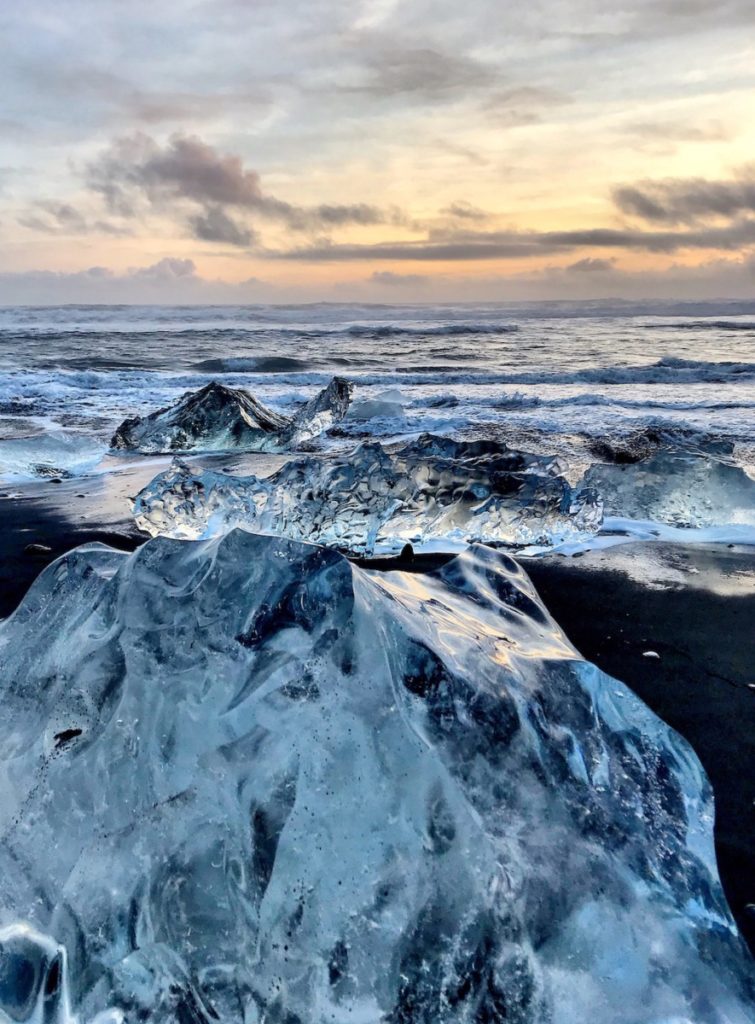
Volcanoes and earthquakes
With its short and continuing history of volcanic eruptions and earthquakes, Iceland has many beautiful volcanic spots to explore. The Western Island of Vestmannaeyjar is sometimes referred to as ‘Pompeii of the North’ for the frequent eruptions it experiences. It was a beautiful site with Iceland’s natural cataclysm on display all around us. You can also try walking inside a dormant volcano here. A 45-minute hike in Thrihnukagigur takes you to the nearest thing we can safely experience to conditions inside our planet. The breathtaking scenery of colorful lava-rock walls inside the volcano is nature’s art at its most striking.
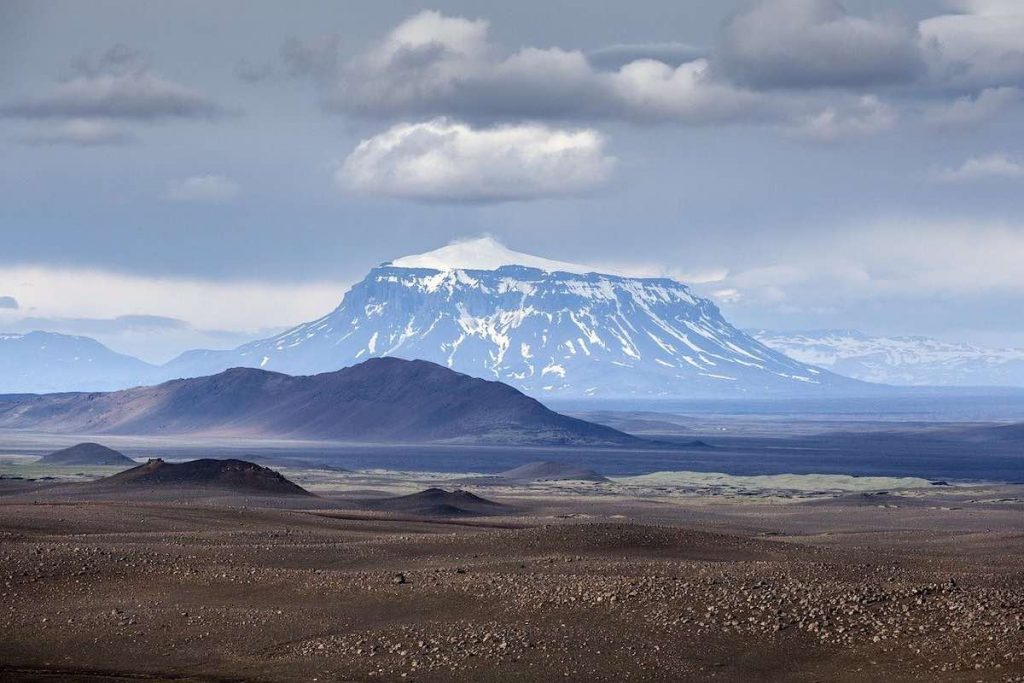
Geysers and Hot Springs
Iceland is home to the original geyser which gave its name to the world. The term geyser came from the third famous spot on the Golden circle tour of Iceland where The Great Geysir hot spring is located. While the original Geysir is now dormant, adjacent Strokkur, spouts water high into the air every few minutes. The boiling mud pits create scary fountains in the bleak moorland scenery. The underground heat here is used for baking rye bread which you can obtain today in the small shopping and parking area. Watching the geyser is a moving experience.
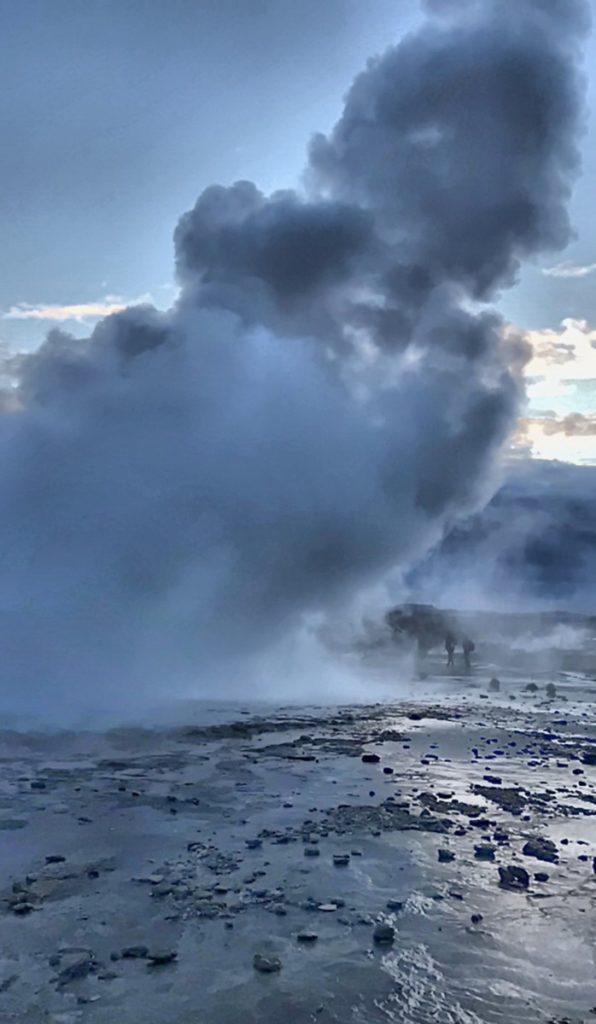
We also enjoyed a dip in the hot pool of Nautholsvik geothermal beach in Reykjavik. This golden sand oasis houses two steaming hot pools that are open for swimming all year round. Hot pools and naturally heated swimming pools are common here – just along the road from where we were staying in Alftanes the local pool was our daily haunt, offering hot tubs, a wave pool and its three storey flume.
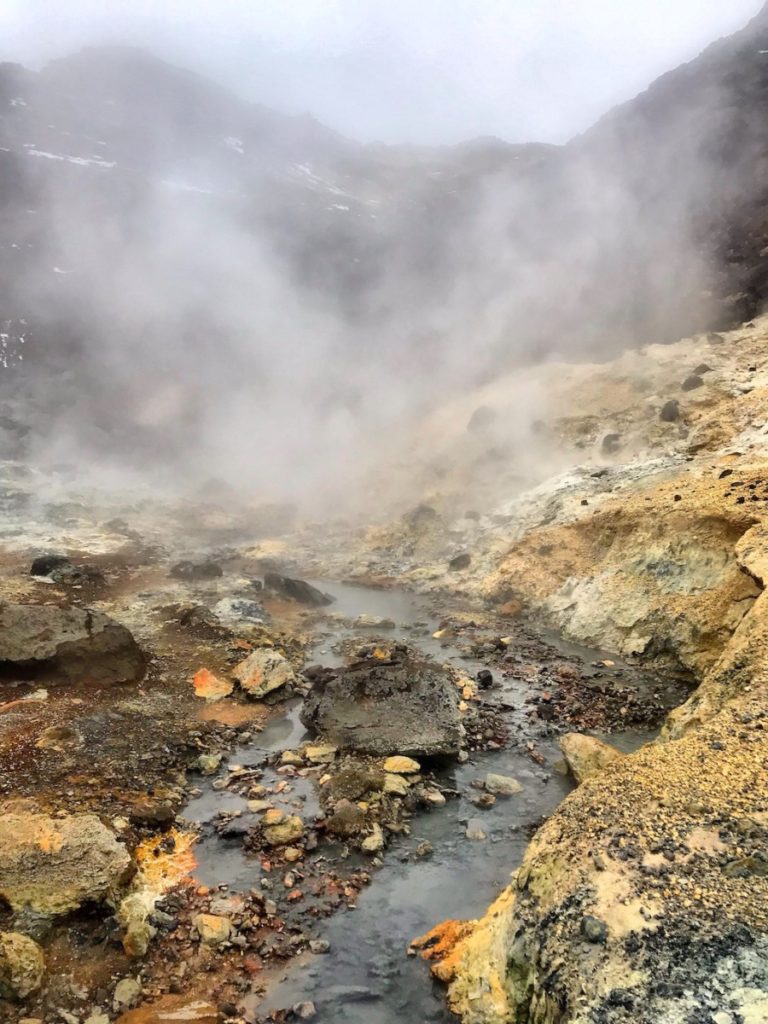
Green Pastures
The northern part of the country is famous for its green pastures and best visited away from midwinter if you want to see it in anything other than twilight. Akureyri is the best place to experience the true green beauty of Iceland. Along with the greenery, the town has fisheries, museums, swimming pools, and parks to explore. Akureyri botanical garden hosts a surprising variety of flowers and plants. Kids love the hot chocolate offered by cafe Laut situated in the heart of the gardens. You can also visit local villages that carry lively energy and watch whales in the bays in summertime .

The Northern Lights
Gasir area in Akureyri is the spot from where we watched Aurora Borealis. It was a spectacular show occurring high above the earth’s surface. This other-worldly aurora sight displays a colorful light show of dancing light beams. No man-made light show can compete with the natural wonders we saw.
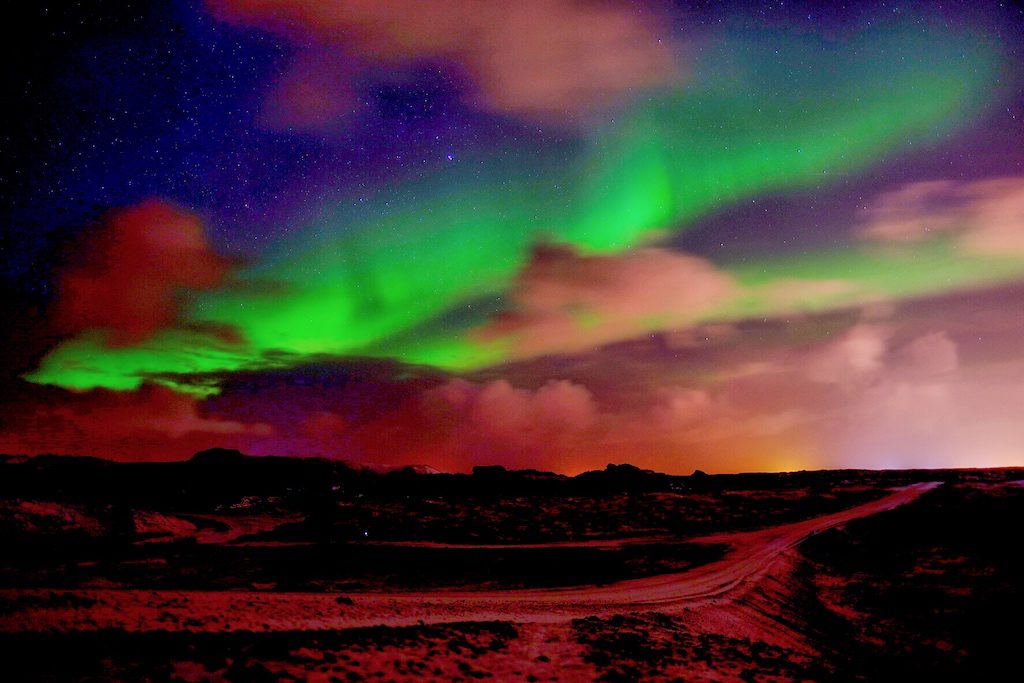
More about Iceland
Let us address a few common questions about the island:
What is the landscape like in Iceland?
No place says “Nature” and “Water” like Iceland’s landscapes. From volcanic deserts to snow-capped mountains, deep fjords to staggering waterfalls, from beautiful aurora to black sand beaches, Iceland has it all. The only thing that is missing from this country are forests. However that isn’t because the island wont grow trees. Most of Iceland was forested before the Vikings arrived, but they cleared it for farming and shipbuilding. Now only 2% of the island is forested and some ecological groups are trying to reintroduce some woodland areas.
What is the most beautiful part of Iceland?
The nation doesn’t have a single region that can be described as its most beautiful. But If you only have a short time here in the winter, then the Golden circle tour and the south coast alone will show you wonders like nowhere else. Later in the year you can explore farther north for mountain and moorland wilderness at is wildest..
What is Iceland’s land used for?
The lowland areas of Iceland are suitable for agriculture and animal husbandry. Nearly 70-80% of the population lived by farming in the 19th century. Though the number has considerably reduced now, a variety of food crops, flowers, and fodder crops are grown in these regions. Sheep outnumber people here more than two to one, while the little Icelandic horses enchanted us when we stopped to talk to them on the roadsides.
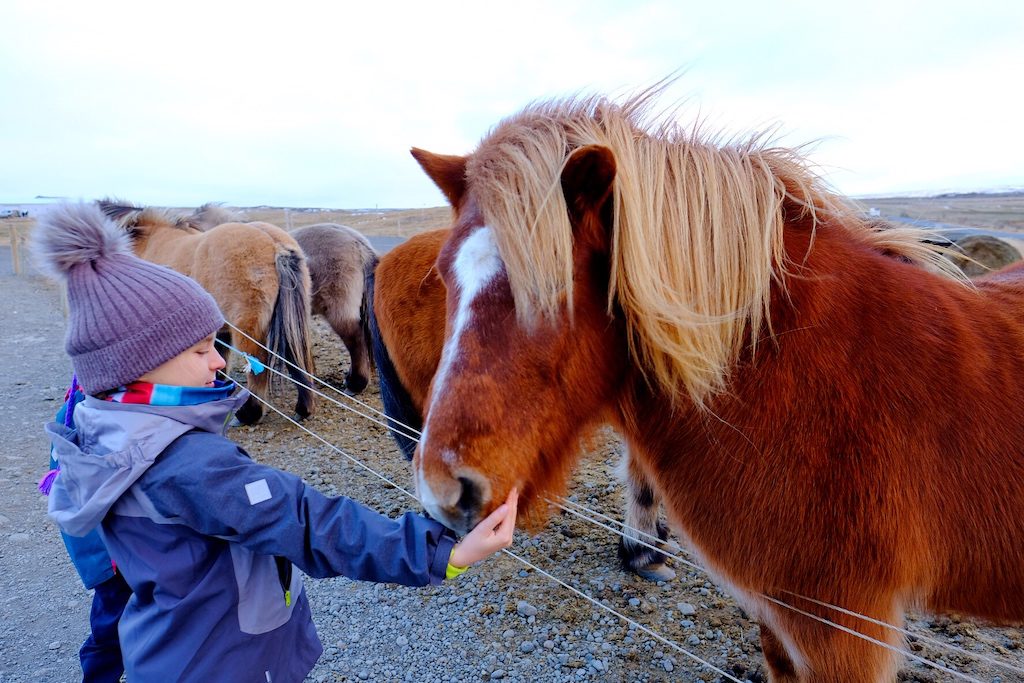
Iceland’s landscape is also literally a powerhouse: 100% of its ridiculously cheap electricity comes from hydro electric and geothermal sources. And lastly: water harvest. Cold and fresh, Iceland’s tap water comes direct from the glaciers and is said to be the purest drinking water in the world..
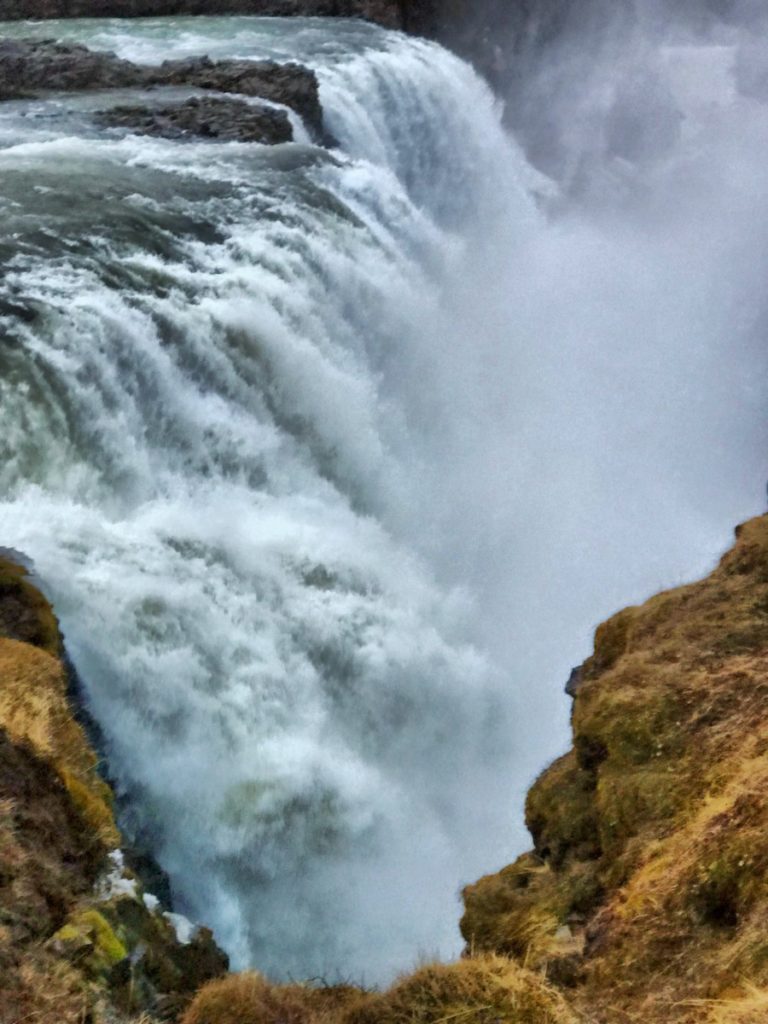
What is Iceland’s climate?
Iceland is of course cool in the summer but the winters are much milder than they would be if not for the Gulf Stream. The land got its name in one harsh winter after a mild summer led the vikings not to take adequate precautions, (whilst the real land of unremitting Ice – nearby Greenland was named as an archaic act of publicity misinformation to encourage immigrants).
Icelandic winters are however, windy. SIgns in the car hire office warned us that damage to car doors from wind gusts are very common. We took care to park facing the wind wherever possible, and we insisted on opening car doors for the girls. Even so we had some near-disasters in strong gusts.
Summers are not only cool but damp too – this is no place for Bacardis on the beach at any time of the year!
Summing Up – Icelandic landscapes
Iceland can give you in a short tour some of the most striking and diverse landscapes anywhere on the planet. The rich and constantly changing geology of the region fascinated us both visually and emotionally. When you pay a visit to the island, don’t forget to make the Golden Circle tour encompassing the three most popular spots in Iceland. However the trip along the south coast with its waterfalls and black beaches left us with the richest feelings of a land like no other.
Icelandic landscapes – Pin it for later

